Contents
You may have heard claims that police radar doesn’t work on motorcycles. Motorcycles are smaller vehicles, so there is some reason to believe that a radar gun may have more difficulty detecting a motorcycle than a normal-sized car. But is this a fact?
Police radar does work on motorcycles, but it isn’t always accurate. Police radar picks up the target that looks the largest to it. If a motorcycle is next to a larger vehicle, the radar gun may not get an accurate read of the motorcycle’s speed.
Now that you know this, you probably want to know more about how police radar works on motorcycles. We’ll cover a lot of information in this article. Keep reading to learn more.
Problems Detecting Motorcycle Speed with Radar

Police radar has wide sweeping beams that can detect vehicles in all lanes, including motorcycles. However, some common problems can cause radar to be inaccurate in reading motorcycle speed.
- Radar is not precise: While many believe that a radar gun can select a specific vehicle. In reality, it projects a wide beam that detects vehicles in every lane. If a police officer isn’t paying attention, they may pull over the wrong vehicle for speeding.
- Radar picks up the largest target: Common misbeliefs about radar are that it picks up the fastest vehicle or the one that is closest to the radar gun. The radar gun picks up the largest target. If a motorcycle is next to larger vehicles, the radar gun will pick up the speed of those vehicles instead of the motorcycle.
- Radar detects approaching and retreating vehicles: This leads to more complications in an officer picking up accurate speed. Two vehicles traveling in opposite directions both have the potential to be detected. It’s up to the officer to make an accurate reading of which vehicle the radar gun was targeting.
So, while police radar is very capable of picking up the speed of a motorcycle, if the bike is surrounded by moving cars and trucks, it may be difficult for an officer to tell which driver is speeding.
How Far Away Can A Radar Gun Detect Motorcycle Speed?
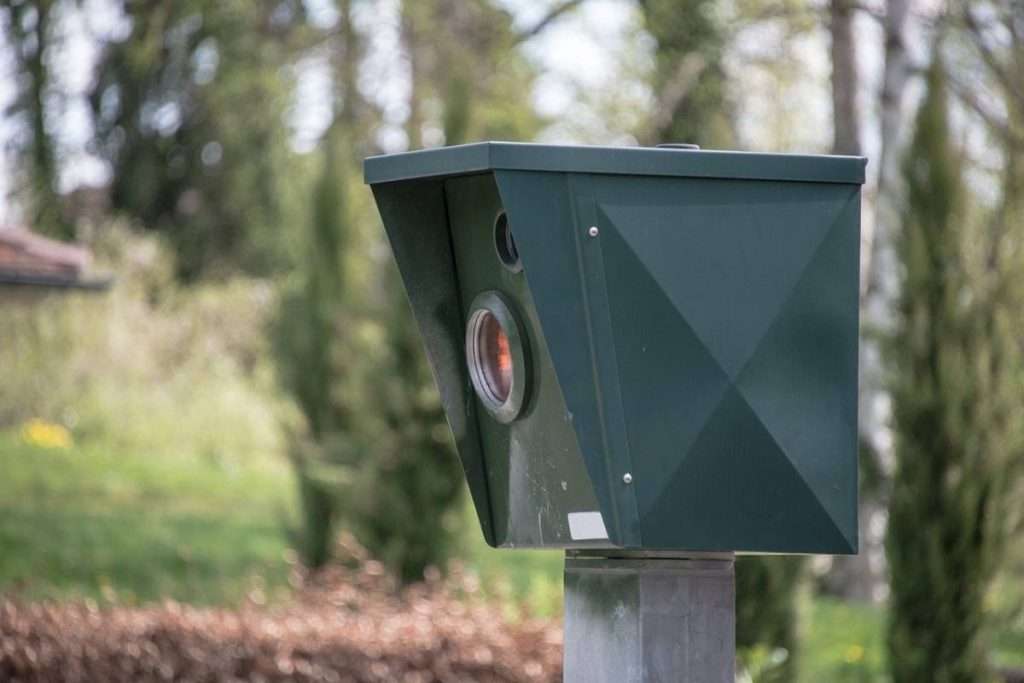
Radar range is dependent on the size of the vehicle being detected. Bigger vehicles can have their speed detected from further away. This means that smaller vehicles like motorcycles need to be closer to the radar gun for an officer to get an accurate reading.
Motorcycles usually need to be less than 500 feet away from a radar gun to be detected.
Bikes with smaller frames or lower profiles will need to be even closer to get an accurate reading. Since the motorcycle needs to be closer to the radar gun to be detected, this can lead to some problems.
If a motorcycle is farther away, the radar gun won’t be able to pick up its speed. However, it may pick up the speed of larger vehicles near it, which may result in an inaccurate reading and false assumption that the motorcycle is speeding.
Can Police Detect Motorcycle Speed if You’re Traveling in Opposite Directions?
Police cars can detect the speed of motorcycles if you’re both traveling in opposite directions. Police cars are equipped with a tool called moving radar. The radar in a police car shows the speed the officer is going along with speeds of vehicles going in the opposite direction or approaching the rear of their car.
Does Weather Affect Radar Detection of Motorcycle Speed?
Weather doesn’t affect the accuracy of speed detection through radar, but it does affect the distance and visibility of radar guns. Heavy fog is one of the main things that can affect a radar gun’s visibility and range. Smaller vehicles like motorcycles will be even harder to detect in these types of conditions.
How Do Cops Know Which Vehicle is Speeding?
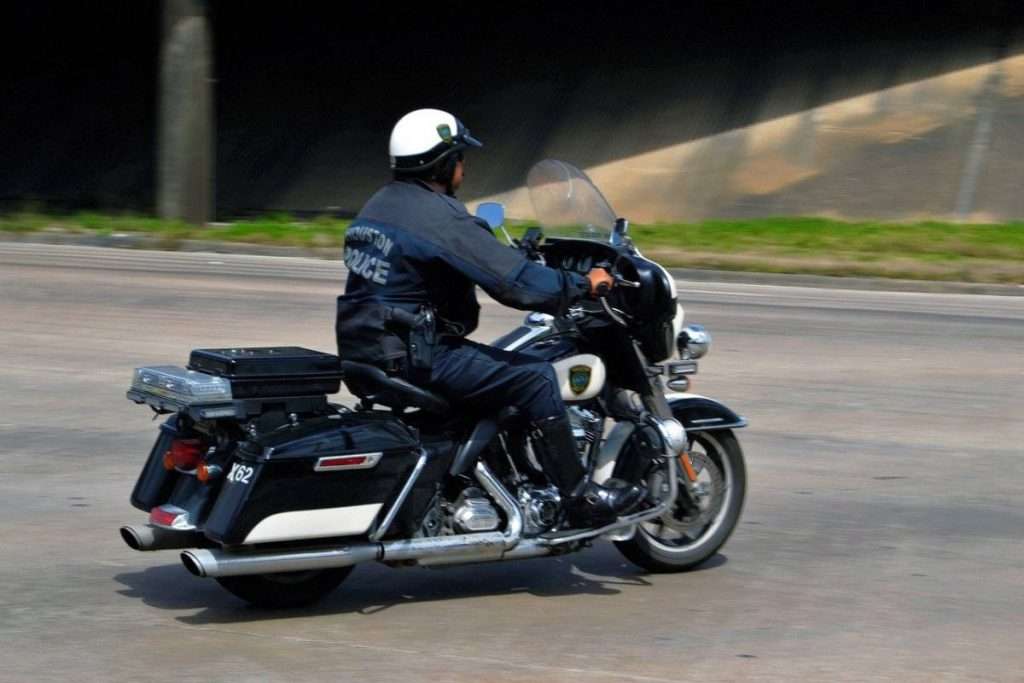
Since we mentioned all the problems police officers could have in detecting motorcycle speed, you may be wondering how they determine the specific vehicle that’s speeding.
- Officers are highly trained: Police officers are highly trained in the academy to effectively use radar to detect speeding vehicles. If an officer is paying attention, they usually don’t have problems figuring out which vehicle is speeding.
- Watching the vehicle: Police are trained to be able to make a visual estimate of vehicle speed. From watching traffic, cops can often determine how fast a vehicle is going, and the radar should match up with what they’re seeing.
- Pacing: A technique used by officers where they follow the vehicle in question and estimate based on the speed of their patrol car. When the other vehicle is directly in front of the cop car, both vehicles will be going at the same speed.
- VASCAR: A speed detection tool that works based on a mathematical formula for distance. Police can measure the distance between two objects, such as telephone poles, and time a vehicle when it passes between those two objects. Then they input those numbers into the VASCAR tool to calculate speed.
Radar vs. Lidar
Lidar is a laser speed detector that works by sending out narrow pulses of light toward vehicles to measure their speed. Unlike radar guns that have a very wide beam, lidar shoots a very narrow beam. This can help officers detect the speed of a specific vehicle.
Does Lidar Work Better for Detecting Motorcycle Speed?
Lidar is better for detecting motorcycle speed since it shoots a narrower beam that can focus on the activity of a single vehicle. However, radar is more commonly used because lidar requires more dexterity to focus the beam on specific vehicles, which requires a lot of training and limits the number of vehicles that can be detected at once.
Do Motorcycle Cops Have Radar?
Motorcycle cops do have radar. Due to there not being many places to mount a radar unit on a motorcycle, they usually have to use hand-held radar guns. It can be difficult to detect accurate speed from a motorcycle which can lead to several problems.
Problems Leading to Motorcycle Cops Getting Inaccurate Speed Detection
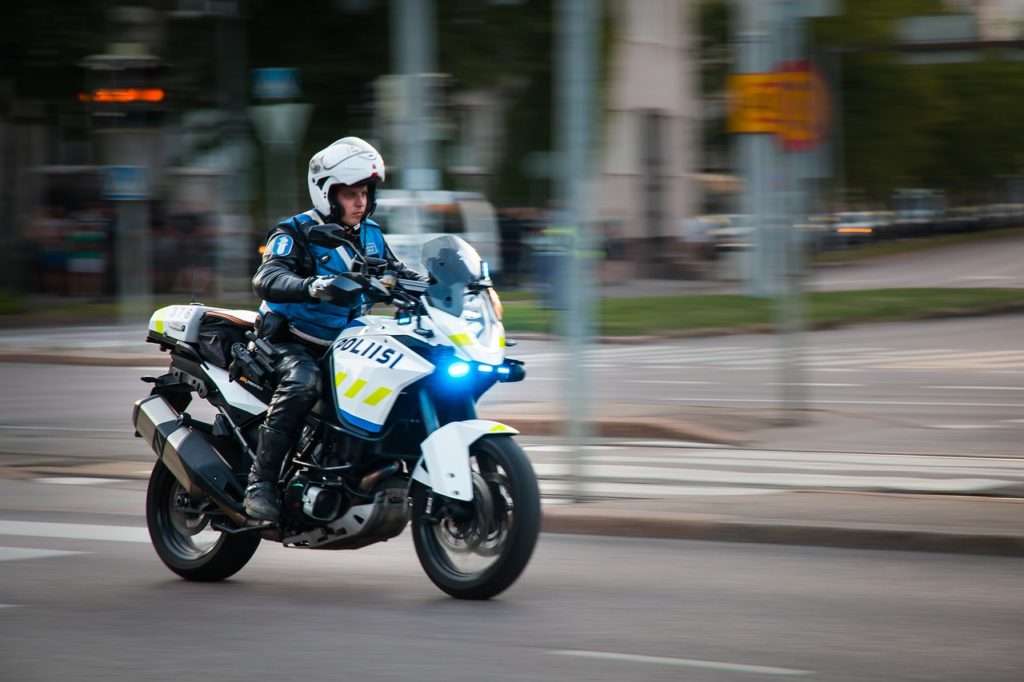
- Mounted radar is unreliable: There are many problems with using mounted radar on police motorcycles. There aren’t any good areas to mount a radar unit to the motorcycle, and when they are mounted, they don’t give accurate readings unless the police motorcycle is stationary.
- Stiffer suspension: This leads to a police motorcycle having a bumpier ride than a four-wheel police cruiser. Due to this, it can make radar not work at all or produce inaccurate readings.
- More engine vibration: Increased engine vibration on motorcycles can lead to increases in speed readings on radar or the radar not working at all.
Can Motorcycle Cops Radar While Driving?
Motorcycle cops generally don’t radar while driving. Since their radar is usually a hand-held radar gun and there’s a lot of inaccuracies associated with using it while driving, they usually only use radar when their bike is stationary.
Police Radar Isn’t Always Accurate When Detecting Motorcycle Speed
Radar is a great tool for cops to have to detect speeding. However, radar isn’t always accurate, especially when it comes to smaller vehicles like motorcycles. If an officer isn’t paying attention or there are numerous vehicles in an area, this can lead to more problems with accurate readings.
If you’re a motorcyclist who gets pulled over for speeding when you weren’t, take into account your environment.
- Distance – How far was the officer from you?
- Traffic – What vehicles were near you?
- Motion – Was the officer moving while they detected your speed?
Knowing all these aspects can help you in fighting a false speeding accusation. The best way to avoid traffic tickets is to be safe when you’re riding. Follow the rules of the road, drive smart, and wear the proper protective gear.
Sources
https://www.motorcyclecruiser.com/speed-radar-facts-and-myths/
https://www.radardetector.org/radar-detector-info/mistakes-of-police-radar/
https://www.bikersrights.com/how-far-can-a-radar-gun-detect-your-motorcycle-speed/
https://athenlaw.com/cars-road-around-police-officer-know/
https://copradar.com/chapts/chapt3/ch3d3.html
https://www.radardetector.org/radar-detector-info/mistakes-of-police-radar/
https://radenso.com/blogs/radar-university/differences-between-radar-and-laser-lidar/

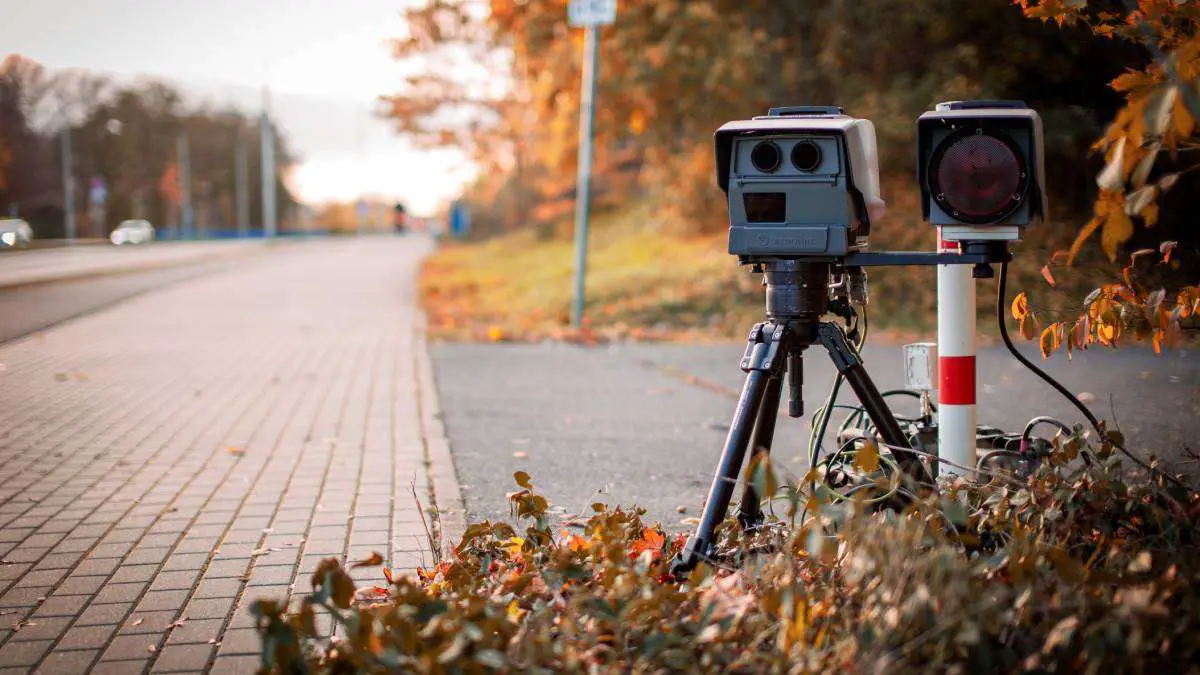
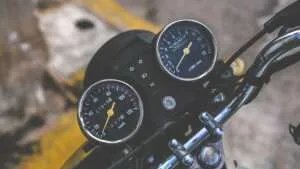 Are Speedometers Required on Motorcycles?
Are Speedometers Required on Motorcycles?  Why Does Only One Headlight Work on Motorcycles?
Why Does Only One Headlight Work on Motorcycles? 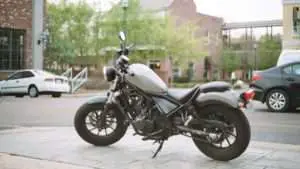 Does A Motorcycle Alarm Drain The Battery?
Does A Motorcycle Alarm Drain The Battery?  The All-New 2021 Ducati Multistrada V4 is here. A more powerful V4 motor, radar-tech and much more!
The All-New 2021 Ducati Multistrada V4 is here. A more powerful V4 motor, radar-tech and much more!